
views
Gluing the Puzzle Together
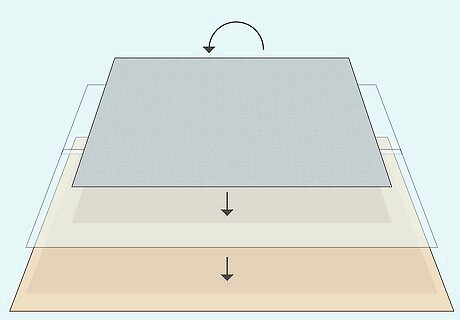
Flip the puzzle over on wax paper and cardboard. Shimmy one or more sheets of wax paper under the completed puzzle, then slide the wax paper and puzzle onto a sheet of cardboard. Lay wax paper and another sheet of cardboard on top of the puzzle. Firmly press the sheets of cardboard together and quickly flip the puzzle over. Lay the cardboard-encased puzzle on a large, level work surface. Lift away the cardboard and wax paper to reveal the back side of the completed puzzle. If you know you want to preserve the puzzle right from the start, go ahead and put it together on top of cardboard and wax paper.

Smooth out the puzzle with a rolling pin. Apply light-to-moderate pressure and work the rolling pin over the back side of the puzzle several times. This flattens out any uneven or wavy spots that may have developed when you flipped the puzzle. If you don’t have a rolling pin, use an unopened jar or can of food from your pantry.
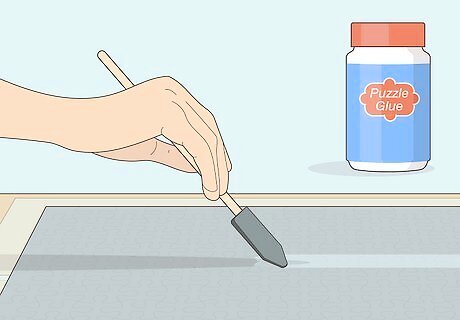
Brush a medium-thick layer of puzzle glue on the back. Use a foam brush and dip it regularly into a bowl of your chosen puzzle glue. Use long, steady, even strokes to get full coverage, but leave a very small border—no more than ⁄4 in (0.64 cm)—around the perimeter of the puzzle’s back side. Since this is the back of the puzzle, neatness isn’t quite so important as it will be with the front side. But don’t apply heavy globs of glue or it may soak through and affect the front side. Look for puzzle glue, such as Mod Podge, at craft stores and online. There is an alternative to using puzzle glue—“laminating” the back of the puzzle with adhesive puzzle sheets or contact paper.

Flip the puzzle over again once the glue dries. Wait at least 30 minutes and make sure the glue is dry to the touch. When the back of the puzzle is dry, lay the wax paper and cardboard on it and flip it over so the front side is showing again. If you don’t intend to apply puzzle glue to the front of the puzzle, skip both this and the following step and move on to adding a backer board.
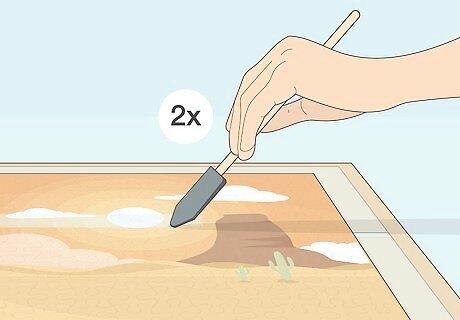
Add two thin, even coats of glue to the front of the puzzle. Neatness counts more here than on the back, so dip your foam brush lightly into the glue and use light strokes that go all the way across the puzzle. Wait 15-20 minutes for the first coat to dry (it may still be slightly tacky), then add a second coat in the same fashion. Allow the second coat to dry for at least 30 minutes before proceeding. Store the foam brush in a zip-close bag between coats so it doesn’t dry out. This is an optional but recommended step. Applying glue only to the back of the puzzle should be sufficient to hold the pieces together, but adding glue to the front as well increases the protection and durability. And don’t worry, the puzzle glue dries completely clear!
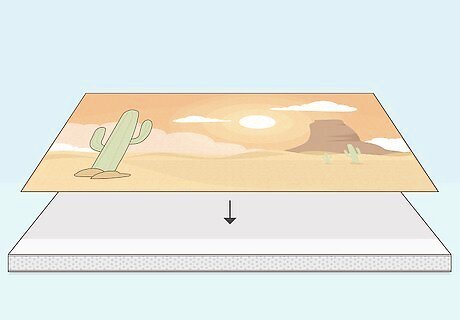
Secure a backer board to prevent warping. Cut a piece of ⁄4 in (0.64 cm) foam core board, which you can find at craft stores and online, to the same dimensions as your completed puzzle. Flip over the puzzle and apply a light coat of an all-purpose craft spray adhesive to the back, according to the product instructions. Lay the foam core backer board in place and secure it firmly with a rolling pin. Lay some books on the backer board and allow the adhesive to dry for at least 30 minutes. This is another optional but recommended step. If you want the puzzle to be extra rigid—for example, if you’re going to screw the puzzle to the wall as described elsewhere in this article—use ⁄8–⁄4 in (0.32–0.64 cm) MDF (medium density fiberboard) instead of foam board. Work in a well-ventilated area due to the fumes from the aerosol spray adhesive.
Display Options

Mount it on the wall with picture hanging strips. This is the best damage-free wall display option. 3M’s Command brand picture hanging strips are the best-known product, but alternatives may be available. Place two strips at the top corners of the back of a glued and backed puzzle, and two more about two-thirds of the way down the sides. Press firmly to adhere the strips to a clean, dry wall. Picture hanging strips use hook-and-loop (Velcro) so you can easily remove and reposition the puzzle as desired. To remove the strips, pull on the exposed tabs to stretch and release the adhesive. For the best results, follow the package instructions for your specific product.
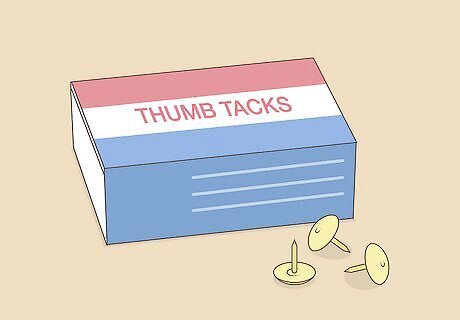
Stick it to the wall with thumbtacks. This is a quick option if you have the right type of wall. It’s easy to press thumbtacks through a glued puzzle without a backing, and possible to get longer thumbtacks through a foam board backing as well. The real trick is driving the tacks into the wall. For this, you’ll need a wall covered with drywall (gypsum board) or soft wood paneling, not plaster or another hard material. If you don’t want to put holes through any of your puzzle pieces, find spots near each corner where four puzzle pieces meet. Press a thumbtack through the seam between the pieces at each of these intersections. Especially if you’re a renter, keep in mind that this method does put small holes in the wall.
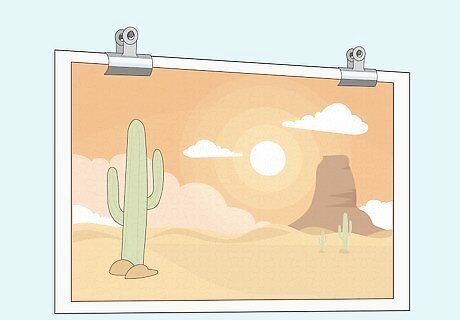
Hang it on the wall with binder clips. The clips make it easy to switch out the puzzle on display. Use a level and a ruler to mark out two nailing holes in the wall, spacing them out about two-thirds of the width of your puzzle. Drive a nail into each hole about two-thirds of the way, then hang a binder clip onto each nail. Clamp the clips onto the top of your glued and backed puzzle.
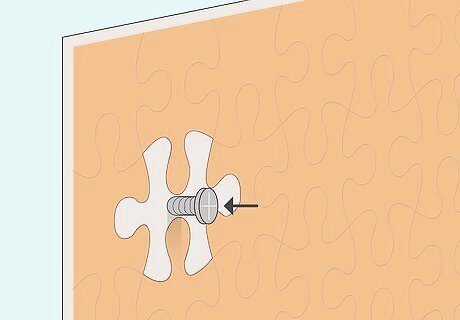
Screw it to the wall for a permanent display. Your friends will think you glued the puzzle to the wall! The trick is to hide the screw heads under some of the puzzle pieces. Here’s the process: Remove four pieces from the completed puzzle, about 1 in (2.5 cm) in from each corner. Glue the puzzle together and then glue it to a ⁄8 in (0.32 cm) MDF backer board as normal—minus the four removed pieces. (If you’re gluing the front of the puzzle, brush glue on the four pieces individually so they’ll look the same.) Drill pilot holes through the MDF at the four missing piece locations, then transfer these marks to the wall. Drill pilot holes into the wall and add drywall anchors (as needed). Line up the puzzle and drive screws through the pilot holes in the MDF and into the wall (or wall anchors). Lightly glue the four removed pieces into place. (Take pictures of the puzzle beforehand so you’ll know where the screws are hiding!)

Glue it to a stretched canvas. This is an easy way to project your puzzle out from the wall. Buy a stretched art canvas (the kind you paint on) that’s either the same size or slightly larger than the puzzle. Glue the puzzle together as usual—you can choose to add a backer or not in this case. Apply puzzle glue or spray adhesive to the canvas, then lay the puzzle in place. Carefully flip the canvas over onto wax paper and lay books on the back of the canvas until the glue dries. If the canvas is a little bigger than your puzzle, consider painting it around the edges to add some visual flair.

Set the puzzle on a display easel. This is the simplest way to show off a glued and backed puzzle. Simply search online with terms like “book easel,” “book display,” “book holder,” and “book stand” for a smaller puzzle, or “art easel” and “canvas easel” for a larger puzzle. Pick out an easel that suits your style and price point, or try your hand at making your own! Using an easel makes it easy to switch out puzzles if you’d like to rotate through several display-worthy options.
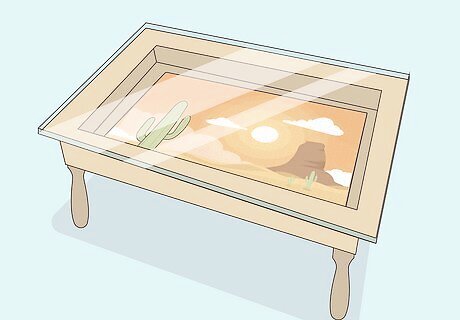
Place it in a display coffee table. Your puzzle will be noticeable, protected, and easy to switch out. Display coffee tables (as well as end tables) have a clear acrylic or glass top with room beneath for displaying a range of items, including puzzles. Shop online or, if you have some woodworking skills and a DIY spirit, make one yourself!










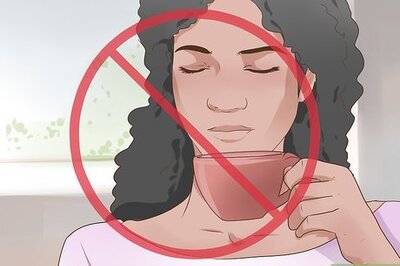
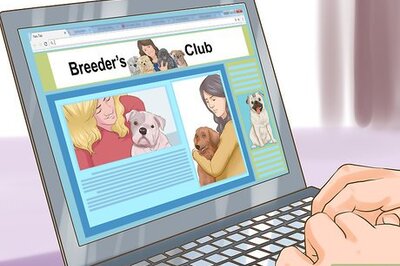

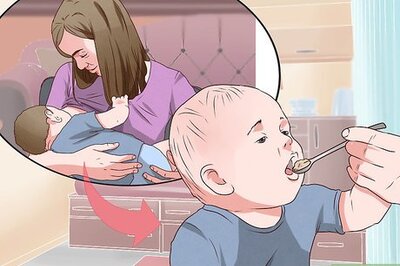
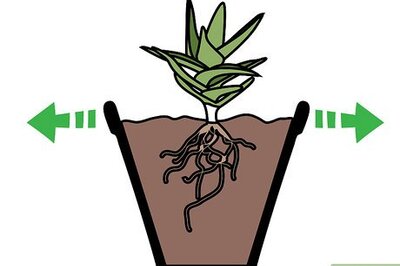





Comments
0 comment